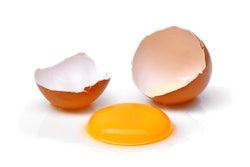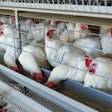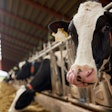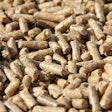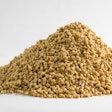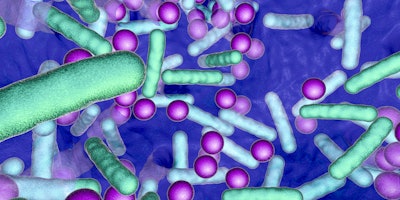
Our understanding of the poultry and human gut microbiomes continues to grow by the day and, with this understanding, come ever more ways to modulate them. In humans, conditions from Alzheimer’s to asthma have been linked to the gut microbiome’s composition, but developing treatments has proved difficult.
Where poultry is concerned, probiotics, and more recently, prebiotics, have become well-established, administered to improve the overall health of the gut, particularly as antibiotics have fallen out of favor. There remains, however, both in the study of the human and poultry gut microbiome, an awful lot still to learn. Advances are, nevertheless, being made beyond the dietary supplements with which most of us have become familiar.
Staying with poultry, however, we can now add a new name to the growing list of biotics and that is Guided Biotics - developed by U.K. company Folium Science - a new, pinpointed, way to modulate the chicken gut.
Guided Biotics, use CRISPR-Cas technology to precisely cut and/or silence specific elements of bacterial DNA. The company has a growing portfolio of products built around this technology, but recently announced that it has developed a product to reduce ammonia in poultry houses.
Ammonia is an ongoing issue for the poultry industry, and where birds are concerned, it has several well-known, negative impacts on welfare and productivity, in addition to its impact on the environment. Numerous strategies have been developed for its control, but what if the very bacteria that produce the gas suddenly found themselves less able to do so?
Precise with more benefits expected
Folium’s technology is able to selectively target and silence those bacterial genes involved in ammonia production. This has the added benefit of weakening several opportunistic pathogens rendering them less able to colonize the gut.
The company explains that bacteria have developed an immune system that protects them from invading organisms, such as viruses. They produce an enzyme that cuts the DNA in attacking organisms, thereby rendering them inactive. Folium redirects that enzymatic activity to cut the DNA of the bacterium itself. It selects pieces of DNA that are found in the target organism only, making its product highly specific and safe. Producers simply have to add the Guided Biotic to water, liquid or solid feed.
While not yet commercially available, Folium’s Guided Biotics have received endorsement from the Brazilian National BioSafety Committee (CTNBio), as a non-GM new breeding technique, which is supporting the commercialization of the company’s first product.
Ed Fuchs, Folium cofounder, notes that the Guided Biotic process does not remove bacteria involved in ammonia production, rather it specifically reduces their capability to generate ammonia. He continues that company’s plan in the future is to support the bird’s metabolism in becoming more efficient at repurposing this nitrogen into protein, resulting in improved productivity.



